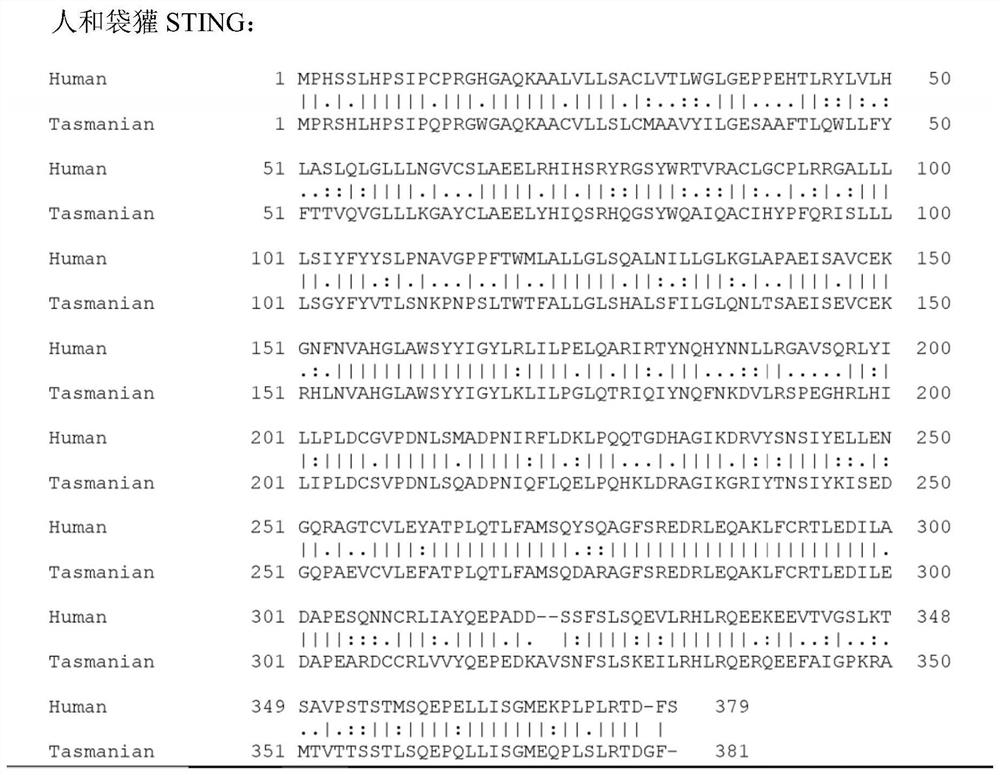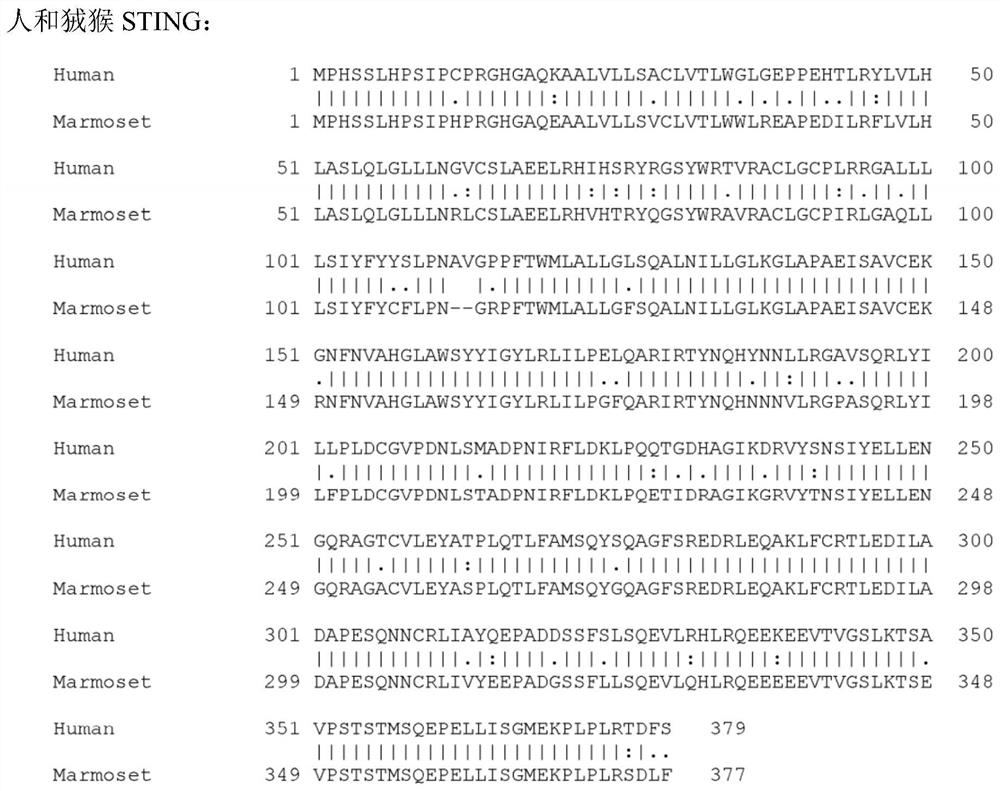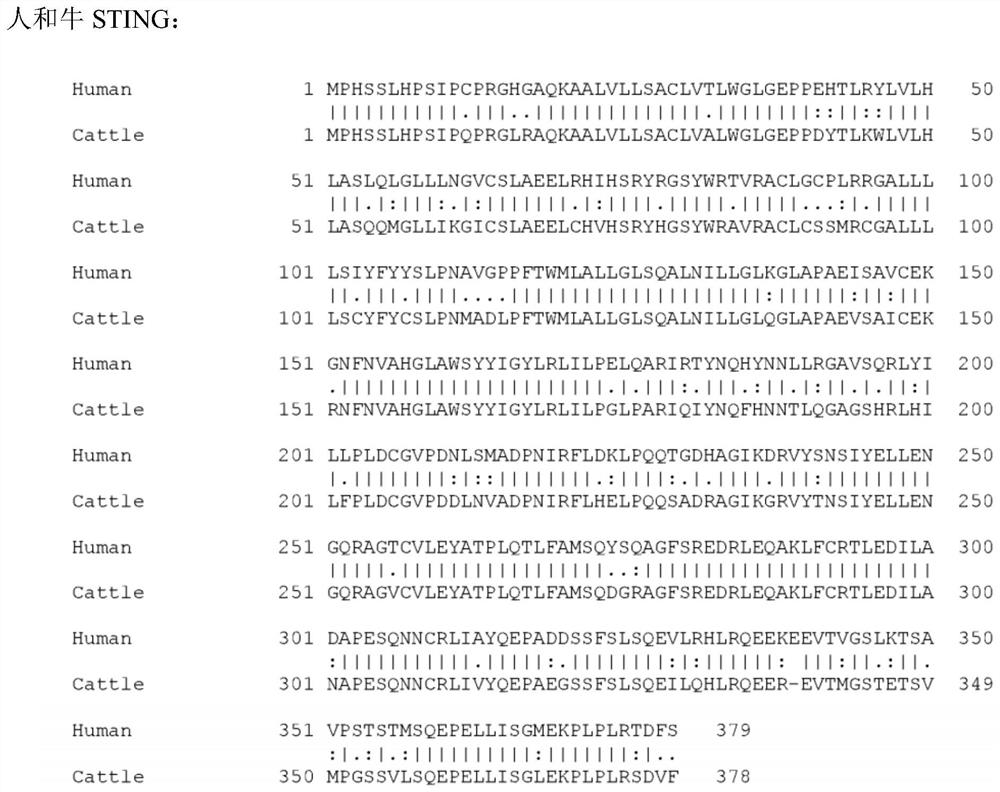Immunostimulatory bacteria engineered to colonize tumors, tumor-resident immune cells, and the tumor microenvironment
A stimulant and active technology, applied in the direction of blood/immune system cells, bacteria, anti-tumor drugs, etc.
- Summary
- Abstract
- Description
- Claims
- Application Information
AI Technical Summary
Problems solved by technology
Method used
Image
Examples
preparation example Construction
[0806] The prepared product provided herein includes packaging materials. Packaging materials for packaging pharmaceutical products are well known to those skilled in the art. See, eg, US Patent Nos. 5,323,907, 5,052,558, and 5,033,252, each of which is incorporated herein by reference in its entirety. Examples of pharmaceutical packaging materials include, but are not limited to, blister packs, bottles, tubes, inhalers, pumps, bags, vials, containers, syringes, bottles, and any packaging material suitable for the formulation of choice and the intended mode of administration and treatment. Examples of manufactured products are containers including single and dual chamber containers. Such containers include, but are not limited to, tubes, bottles, and syringes. The container may further comprise a needle for intravenous administration.
[0807] The choice of packaging depends on the reagents, and whether the compositions are packaged together or separately. Typically, the p...
Embodiment 1
[0854] Auxotrophic strain of Salmonella typhimurium
[0855] Salmonella strain YS1646 is auxotrophic for adenosine
[0856] The strains provided herein are engineered to be auxotrophic for adenosine. As a result, it is attenuated in vivo because it cannot replicate in the low adenosine concentrations of normal tissues, and colonization occurs mainly in the solid tumor microenvironment (TME) where adenosine levels are high. Salmonella strain YS1646 is a derivative of wild-type strain ATCC #14028, engineered to be auxotrophic for purines due to disruption of the purI gene (synonymous with purM) (Low et al. (2004) Methods Mol. Med 90:47 -60). Subsequent analysis of the entire genome of YS1646 showed that the purI gene was actually not deleted, but was destroyed by chromosomal inversion (Broadway et al. (2014) 1Biotechnol.192:177-178), and the entire gene was still contained on both chromosomes of YS1646. section, flanked by intervening sequences, one of which has an active tra...
Embodiment 2
[0862] Intracellular replication defect attributed to msbB mutation
[0863] The YS1646 strain contains mutations in purI, which restrict replication to sites containing high concentrations of purines, adenosine, or ATP, and in msbB, which alter lipopolysaccharide (LPS) surface coating to reduce TLR4-mediated pro-inflammatory signaling . It has also been established that, unlike wild-type Salmonella, strain YS1646 cannot replicate in macrophages. Experiments were performed to determine which of these gene mutations conferred this phenotype in the wild type strain ATCC 14028.
[0864] In this assay, mouse RAW macrophages (InvivoGen, San Diego, Ca.) were infected with a wild-type Salmonella strain containing purI, msbB, or both deletions at a multiplicity of infection (MOI) of approximately 30 min per cell. 5 bacteria, then wash the cells with PBS, and add medium containing gentamicin to kill extracellular bacteria. Gentamicin does not kill intracellular bacteria because it c...
PUM
 Login to View More
Login to View More Abstract
Description
Claims
Application Information
 Login to View More
Login to View More - R&D
- Intellectual Property
- Life Sciences
- Materials
- Tech Scout
- Unparalleled Data Quality
- Higher Quality Content
- 60% Fewer Hallucinations
Browse by: Latest US Patents, China's latest patents, Technical Efficacy Thesaurus, Application Domain, Technology Topic, Popular Technical Reports.
© 2025 PatSnap. All rights reserved.Legal|Privacy policy|Modern Slavery Act Transparency Statement|Sitemap|About US| Contact US: help@patsnap.com



